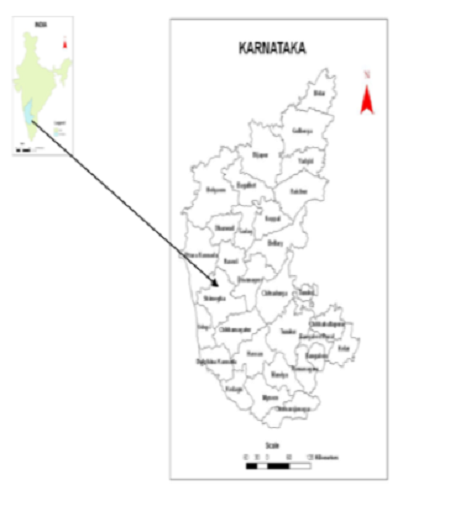
Geo-Eye
Department of Geography & GIS

Department of Geography & GIS

Geo-Eye
Year: 2018, Volume: 7, Issue: 1, Pages: 12-14
Original Article
M K Ningegowda1
1Assistant Prof of Geography, Pallagatti Adavappa First Grade College, Tiptur, 572201, Tumkur
Received Date:10 April 2018, Accepted Date:26 May 2018
The study of human resources is of vital importance from economic point of view for the regional development. Human aspects influence the economic activity and determine the level of consumption and such offer economic and social endeavors. To know the decadal growth of population in Karnataka from 1951 – 2011. In the present study an attempt is made to know the demographic pattern. The State of Karnataka, confined roughly within 11°35‟ North and 18°30‟ North latitudes and 74°5‟ East and 78°35‟ East longitudes, is situated on a tableland where the Western and Eastern Ghat ranges converge into the Nilgiri hill complex. Karnataka is a state in the southern part of India. The present study concentrated on growth of population, relationship between area and population, & decadal growth. Temporal variations are observed at points of time i.e., 1951-2011. The required data for the present analysis is obtained from census of India. The data has been classified, processed and presented in the form of graphs. During the decade 2001-11, the State population witnessed a net addition of 82, 44, 735 persons to its 2001 population of 5, 28, 50, 562.
Keywords
Population, decadal growth, temporal variation
© 2018 Ningegowda. This is an open-access article distributed under the terms of the Creative Commons Attribution License, which permits unrestricted use, distribution, and reproduction in any medium, provided the original author and source are credited.
Published By Bangalore University, Bengaluru, Karnataka
Subscribe now for latest articles and news.